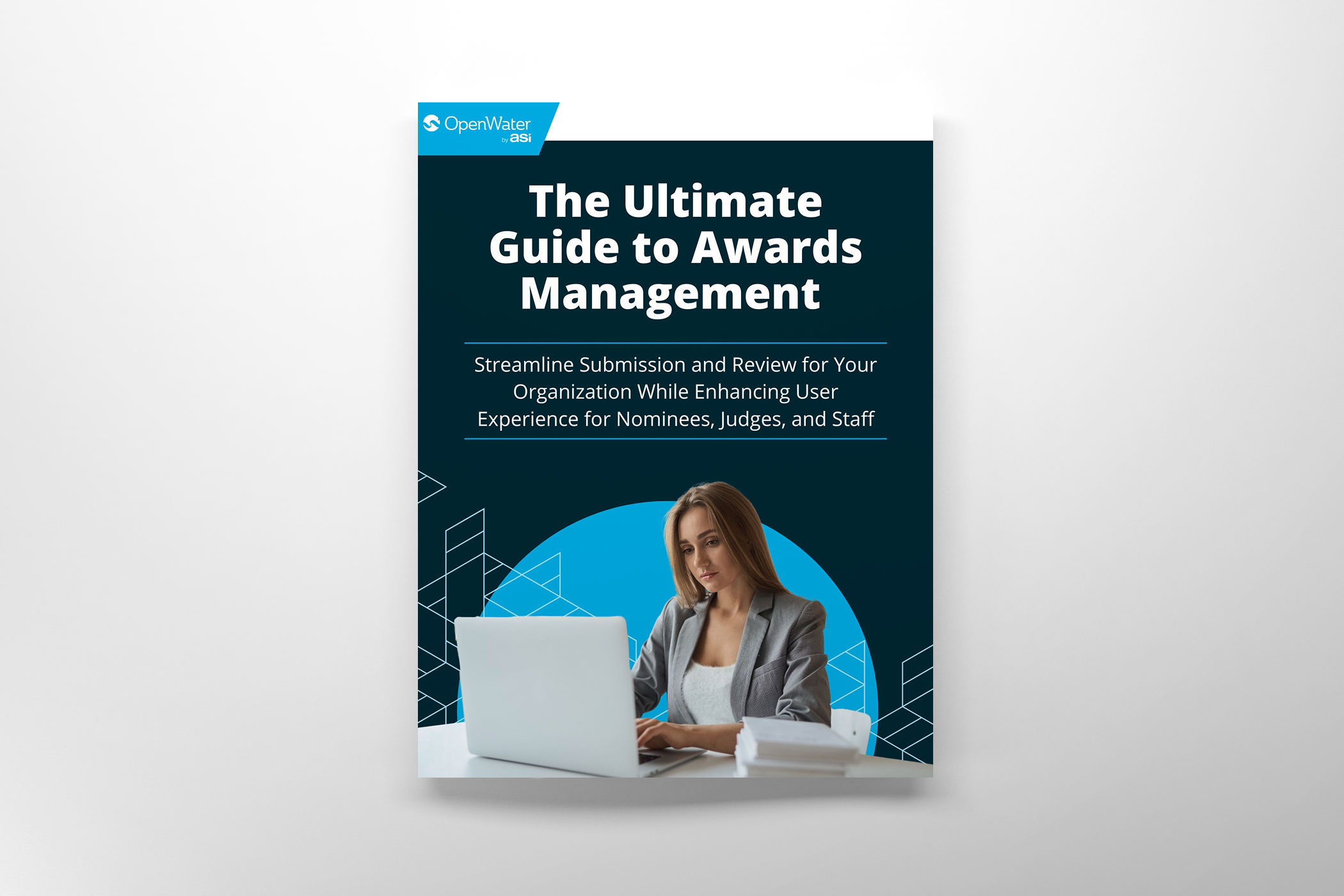
How to Take Full Advantage of Your Abstract Management Software
They’re just bad memories now: creating and comparing multiple spreadsheets, tracking submissions, sending updates to authors, and pestering reviewers. With your new abstract management software, everything related to abstract collection, review, and session scheduling is centralized on one platform.
What used to take forever is now done in a snap—and much of it is already automated. You have more time to think, plan, and improve your program. And you have time to make sure you’re taking full advantage of the key features of your abstract management software.
Tips for Using the Key Features of Abstract Management Software
Abstract management software is designed to help associations manage the entire abstract process from submission collection through review, selection, and session scheduling. Although you’ll quickly figure out how to improve program processes using your new software, these pro tips will get you started.
Abstract submission form-building and collection
Have you ever experienced the satisfaction of creating an online application form? Too nerdy? Perhaps, but it’s a relief to not need technical, design, or coding expertise when creating abstract submission forms. A drag-and-drop form builder puts this skill set into anyone’s hands. No HTML is required to design forms with a variety of field types to collect the information you need.
Pro tip: Apply conditional logic to show or hide questions based on the applicant’s previous answers. For example, by showing only relevant fields to the applicant, you can create different submission paths for oral presentations vs. poster sessions.
Abstract management software improves the author’s submission experience by reducing their confusion and uncertainty—and therefore the number of support inquiries you receive. To get a feel for the author experience, do a few test runs with volunteers who have never submitted an abstract online before.
Pro tip: Integrate your abstract management software with your association management system (AMS), so relevant fields are automatically pre-populated when authors log in using their AMS credentials.
Submitting an abstract is the start of a potentially nail-biting, life-changing experience for authors. Many of them want time to reflect, review, and refine their submissions before completing the process.
Pro tip: Tell authors they don’t have to do it all at once. They can save their work and return later to make changes, add co-authors, upload files, and complete the form before the deadline. Because the software is mobile-responsive, they can start the process on their laptop, work on it from their phone, and finish it using their tablet.
Abstract review and evaluation
With abstract management software, you assign reviewers to specific submissions individually or in batches.
Pro tip: Include a field(s) on the submission form related to the abstract’s subject or category. Match reviewers to subjects in which they have expertise so they can better assess the abstract’s soundness, innovativeness, and potential impact on the profession, and evaluate each assigned abstract alongside others with similar topics.
If your conference attracts too many abstract submissions, a single round of judging might not be enough. Your software should allow multi-round reviews with customizable scoring.
Pro tip: Use customizable scoring to create progressively more competitive evaluation criteria for each round. Some associations judge draft submissions in the first round and final papers in the second round.
With blind reviews, you reduce unconscious (or intentional) bias by hiding specific fields, such as author names, institutional affiliations, and other identifying information, from reviewers. They evaluate abstracts on their merit rather than the author’s reputation or connections.
Communication and tracking
Your abstract management software has an email wizard that helps you automate, streamline, and organize emails to and from authors and reviewers.
Pro tip: Schedule automated email confirmations and status updates to authors about the receipt of their submission, status of their submission, and final decision accompanied by reviewer feedback.
These emails eliminate the author’s uncertainty and reduce the number of inquiries you’ll receive from them. Send emails in bulk or individually from the abstract management platform.
Pro tip: To ensure consistent branding and messaging, create mobile-optimized email templates. Rely on language used successfully in the past instead of starting from scratch. Develop templates for submission receipt, status update, request for revision, acceptance, rejection, and feedback sharing.
Abstract analytics and reporting
Real-time dashboards allow you to take a proactive approach to abstract management. Track the number of submissions as the deadline approaches and compare it to past years. Ramp up your promotional campaigns if the numbers aren’t looking good.
Pro tip: Track reviewer completion rates to identify and address potential issues before they become a problem. Send a gentle nudge to reviewers who are falling behind. If you wait too long to take action, alternate reviewers won’t have enough time to step in and finish the work. Arrange ahead of time to have these alternates on call.
Create custom reports for different stakeholder groups. Committee members need different information than your marketing and conference colleagues. Take advantage of AMS integration to provide committee members with an author demographic analysis. Organize accepted abstracts by category (track) or topic for conference planners who are scheduling sessions.
Conference management tools
Once the abstract reviews are complete, it’s time for session building.
Pro tip: Decide on conference tracks before opening the abstract submission process so you can include fields for session categories and/or topics on the submission form. Categorizing abstracts speeds up the session scheduling process. You can always make room for outlier abstracts, which may signify emerging topics you’ve overlooked.
A session scheduling tool prevents scheduling conflicts for speakers (authors) since it prevents double- or over-booking. By preventing overlapping sessions on similar topics or for similar audiences, you enhance the attendee experience.
More abstract management software features
Associations with a global audience increase inclusion and accessibility by offering an abstract collection process that supports multiple languages. Even if abstracts must be submitted and presented in English, you can allow authors to submit them in other languages with an English translation. Share a glossary to encourage consistent terminology across allowable languages.
Make sure your software has role-based permissions for access control. To maintain data integrity and confidentiality, submitters (authors), reviewers, committee chairs, and administrators should only have the access needed to do their work. Remember to revoke access once they’ve completed that work.
With international and state data privacy regulations, proper data handling is both a legal requirement and ethical responsibility. To build trust and confidence, clearly explain your data usage and storage policies to authors.
If your association is ready for an abstract management platform, look for software, like OpenWater, that your colleagues could also use to manage their programs. Many associations rely on OpenWater to help them manage awards, scholarships, grants, mentoring, volunteering, and leadership development programs—anything that requires an application or judging process.
Get a feel for how OpenWater can help you manage abstracts by signing up for a personalized demonstration with one of our platform experts.
